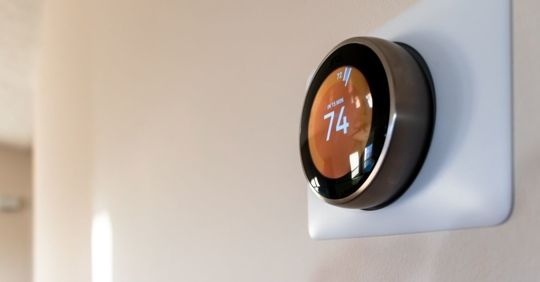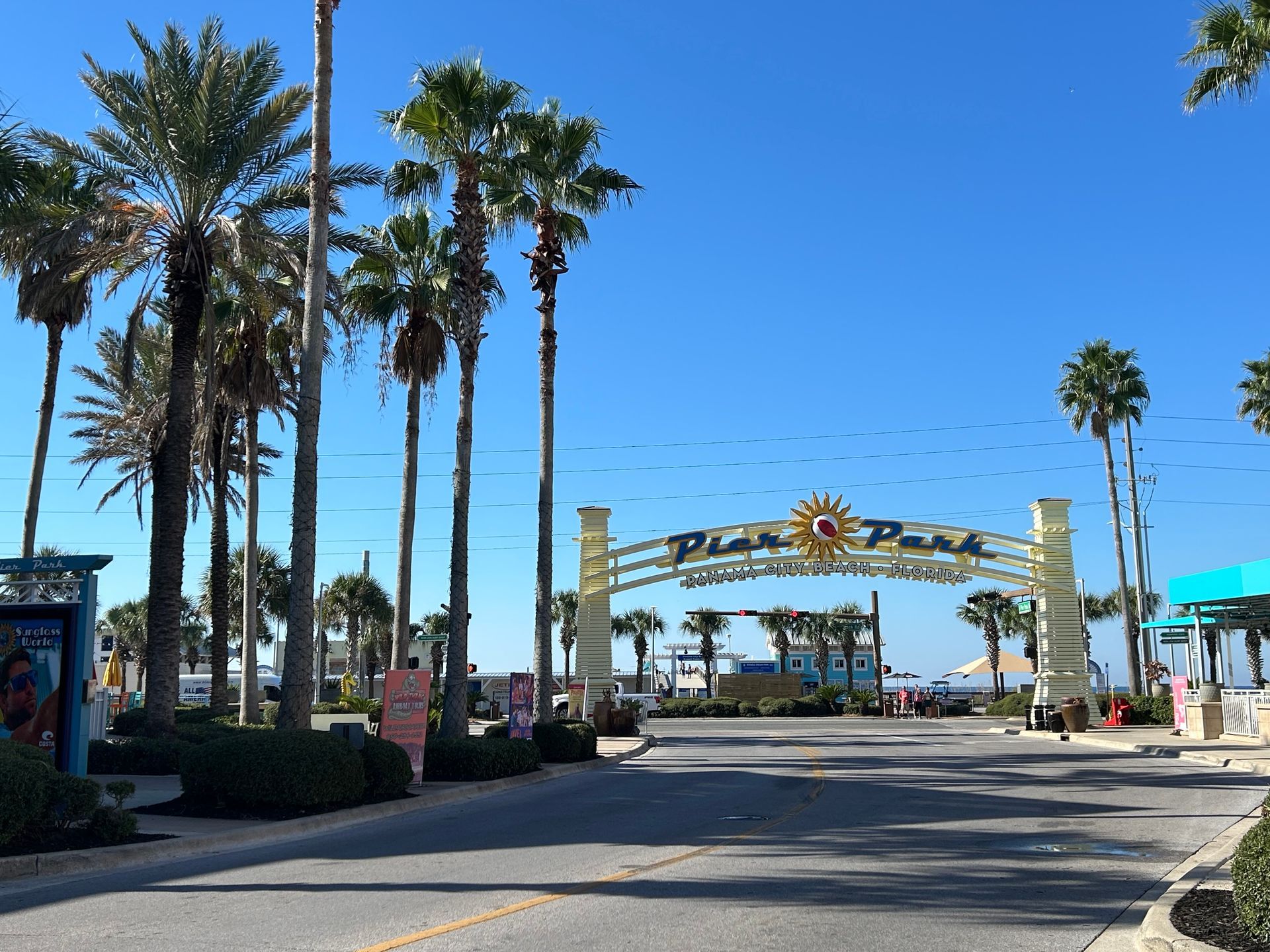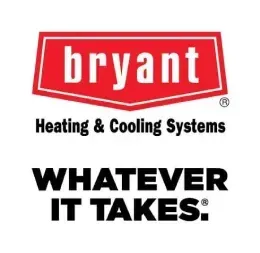
Energy Efficiency and Cost Savings
Reduced Energy Consumption
One of the most compelling benefits of smart thermostats is their ability to significantly reduce energy consumption by learning your daily routines and adjusting the heating and cooling schedules accordingly. If you're typically out of the house during certain hours, the smart thermostat will lower the heating or cooling during those times, ensuring that energy isn't wasted on an empty home. This optimization is achieved through advanced algorithms and machine learning, which continuously adapt to your lifestyle. As a result, you can enjoy a comfortable living environment without the guilt of excessive energy use.
Moreover, smart thermostats often come equipped with sensors that detect when a room is occupied or vacant. This feature allows for real-time adjustments, further enhancing energy efficiency. By only heating or cooling rooms that are in use, you can avoid unnecessary energy expenditure. This level of control and precision is something that traditional thermostats simply cannot offer, making smart thermostats a wise investment for anyone looking to reduce their energy footprint.
Lower Utility Bills
In addition to reducing energy consumption, smart thermostats can also lead to substantial savings on your utility bills. By learning your preferences and optimizing your HVAC system's operation, these devices can significantly lower your monthly energy costs. For example, a study by the Environmental Protection Agency found that homeowners can save up to 10-12% on heating and 15% on cooling bills by using a smart thermostat. These savings can add up quickly, making the initial investment in a smart thermostat well worth it.
Many smart thermostats also provide detailed energy usage reports, which can help you identify further opportunities for savings. These reports break down your energy consumption patterns, showing you exactly where and when you're using the most energy. Armed with this information, you can make informed decisions about how to adjust your settings for even greater efficiency. Over time, these small adjustments can lead to significant cost savings, making your home not only more comfortable but also more economical.
Enhanced Comfort and Convenience
Remote Accessibility
One of the standout features of smart thermostats is their remote accessibility. With a smart thermostat, you can control your HVAC system from anywhere using a smartphone app. Whether you're at work, on vacation, or simply lounging in another room, you can easily adjust the temperature to ensure your home is always at the perfect comfort level when you arrive. This level of control is particularly beneficial for those with irregular schedules or for households where different members have varying temperature preferences.
The convenience of remote accessibility extends beyond just temperature adjustments. Many smart thermostats also allow you to monitor your HVAC system's performance and receive alerts if something goes wrong. This means you can address potential issues before they become major problems, all from the palm of your hand. The peace of mind that comes with knowing you can manage your home's climate from anywhere is invaluable, making smart thermostats a must-have for modern living.
Learning Capabilities
Another key advantage of smart thermostats is their ability to learn your schedule and preferences. Over time, these devices gather data on your daily routines and use this information to automatically adjust the temperature for optimal comfort. For instance, if you typically wake up at 7 AM, the smart thermostat will start warming up the house just before you get out of bed, ensuring a cozy start to your day. Similarly, it will lower the temperature at night when you're asleep, creating the ideal sleeping environment.
This learning capability is not just about comfort; it also enhances energy efficiency. By making small, incremental adjustments based on your habits, smart thermostats can maintain a comfortable home environment without wasting energy. This means you can enjoy a perfectly climate-controlled home without constantly fiddling with the thermostat. The seamless integration of comfort and efficiency is what sets smart thermostats apart from their traditional counterparts.
Environmental Impact
Reduced Carbon Footprint
Smart thermostats play a crucial role in reducing your household's carbon footprint. By optimizing energy use, these devices help lower the overall demand for electricity, which in turn reduces greenhouse gas emissions. According to the U.S. Department of Energy, heating and cooling account for nearly half of the energy use in a typical American home. Therefore, even small improvements in HVAC efficiency can have a significant impact on reducing your environmental footprint.
Moreover, many smart thermostats are designed to work with renewable energy sources, such as solar panels. This means you can further enhance your home's sustainability by integrating your smart thermostat with your renewable energy system. By doing so, you not only reduce your reliance on fossil fuels but also contribute to a cleaner, greener planet. The environmental benefits of smart thermostats are clear, making them an excellent choice for eco-conscious homeowners.
Support for Renewable Energy
In addition to reducing energy consumption, smart thermostats can also support renewable energy initiatives. Some models are designed to integrate seamlessly with renewable energy sources like solar or wind power. This integration allows you to maximize the use of clean energy, further reducing your home's carbon footprint. For example, during peak sunlight hours, your smart thermostat can prioritize the use of solar power to heat or cool your home, minimizing the need for grid electricity.
Furthermore, many smart thermostats come with Energy Star certification, ensuring they meet high standards for energy efficiency. This certification is a testament to the device's ability to deliver both comfort and sustainability. By choosing an Energy Star-certified smart thermostat, you can be confident that you're making a responsible choice for both your home and the environment. The combination of energy efficiency and support for renewable energy makes smart thermostats a powerful tool in the fight against climate change.
Advanced Features and Technology
Geofencing
Geofencing is one of the advanced features that set smart thermostats apart from traditional models. This technology uses your smartphone's location to determine when you're approaching or leaving your home. Based on this information, the smart thermostat can automatically adjust the temperature to ensure comfort while minimizing energy use. For instance, if you're on your way home from work, the thermostat can start heating or cooling your home so that it's at the perfect temperature when you arrive.
This feature is particularly useful for those with unpredictable schedules, as it eliminates the need to manually adjust the thermostat every time you leave or return home. Geofencing ensures that your HVAC system operates efficiently, only using energy when it's needed. This not only enhances comfort but also contributes to significant energy savings, making it a valuable addition to any smart thermostat.
Zoning Capabilities
Another advanced feature of smart thermostats is zoning capabilities. This allows you to control different areas of your home independently, providing customized comfort and efficiency. For example, you can set different temperatures for the living room, bedrooms, and kitchen, ensuring each area is comfortable based on its specific use. This is particularly beneficial for larger homes or households with varying temperature preferences.
Zoning capabilities also contribute to energy savings by allowing you to only heat or cool the areas that are in use. This targeted approach ensures that energy isn't wasted on unoccupied rooms, further enhancing the efficiency of your HVAC system. The ability to customize and control different zones within your home is a game-changer, providing both comfort and cost savings.
Maintenance and System Longevity
Early Problem Detection
Smart thermostats are equipped with advanced diagnostic tools that can detect potential issues with your HVAC system before they become major problems. These devices monitor your system's performance and alert you if something is amiss, such as a drop in efficiency or an unusual spike in energy use. Early detection allows you to address problems promptly, preventing costly repairs and ensuring your system operates smoothly.
This proactive approach to maintenance not only saves you money but also extends the life of your HVAC system. By catching issues early, you can avoid the wear and tear that comes with prolonged operation under suboptimal conditions. The ability to monitor and maintain your system's health is one of the many ways smart thermostats contribute to a more efficient and reliable home environment.
Regular Maintenance Reminders
In addition to early problem detection, smart thermostats also provide regular maintenance reminders. These notifications ensure that you stay on top of routine tasks, such as changing air filters or scheduling annual HVAC check-ups. Regular maintenance is crucial for the longevity and efficiency of your system, and smart thermostats make it easy to keep track of these important tasks.
By receiving timely reminders, you can ensure that your HVAC system is always in peak condition, reducing the risk of unexpected breakdowns and costly repairs. This not only enhances the performance of your system but also contributes to a more comfortable and energy-efficient home. The combination of early problem detection and regular maintenance reminders makes smart thermostats an invaluable tool for any homeowner.
Upgrade to a Smart Thermostat with Professional Installation
Are you ready to experience the benefits of a smart thermostat for your HVAC system? At A Superior Air Conditioning Company, we specialize in helping homeowners in Panama City Beach, FL, upgrade to the latest in HVAC technology. Our team of experts can guide you through the
selection and installation process, ensuring you get the most out of your investment.
Don't wait—take the first step towards a smarter home with A Superior Air Conditioning Company. Call (850) 749-5646 or reach out to our team online today to learn more about our services & how we can help you achieve a more comfortable, efficient, & environmentally friendly home.
A Superior Air Conditioning Company Blog





